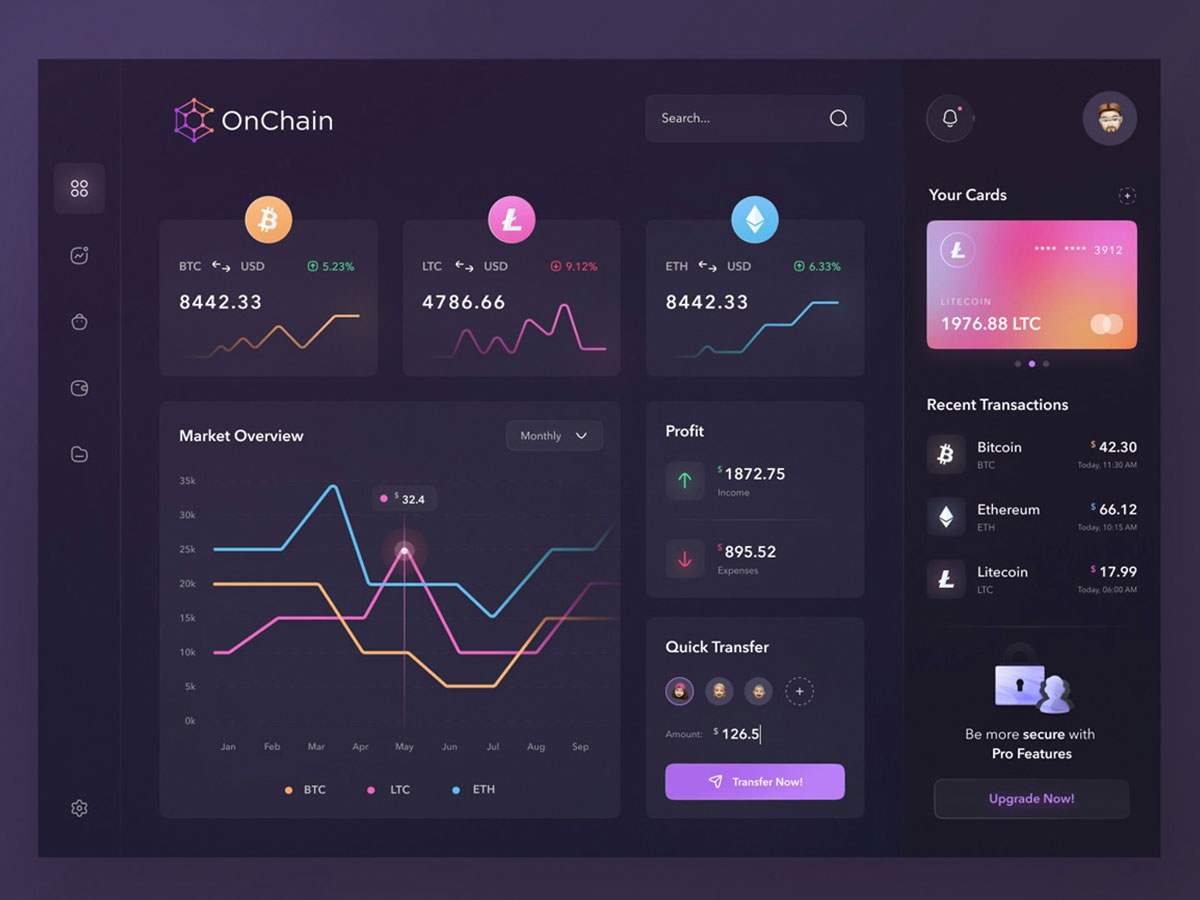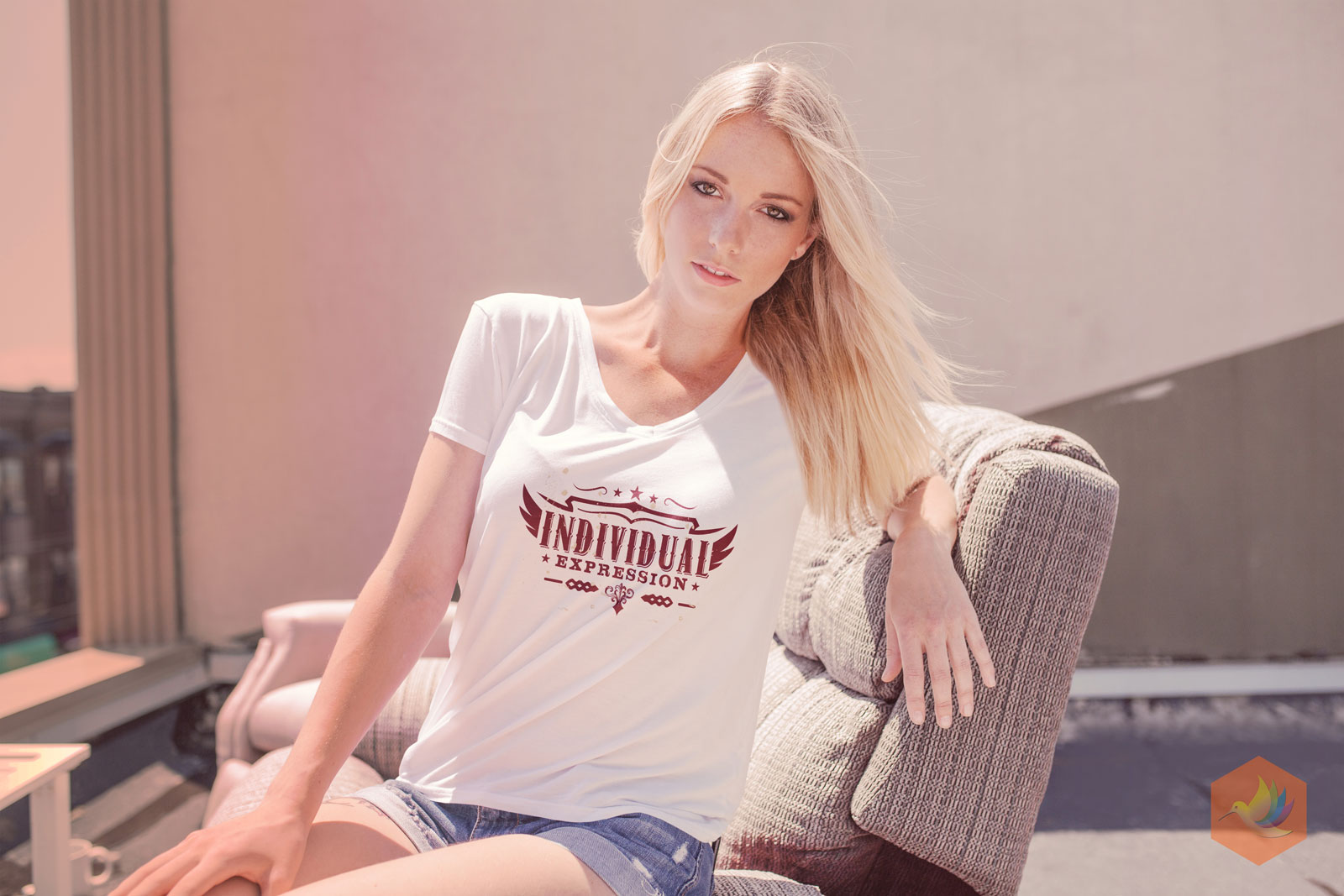Spellbrand Blog
Eye Catching Logos Vs. Cluttered Logos

There’s a fine line between creating a logo that catches the eye and one that overwhelms it. In today’s fast-paced digital landscape, where attention spans are shorter than ever, understanding this distinction can make or break your brand’s visual identity.
The difference between eye-catching and cluttered isn’t just about aesthetics—it’s about communication. An eye-catching logo draws attention through strategic design choices. A cluttered logo tries to grab attention by throwing everything at the wall, hoping something sticks.
What Makes a Logo Eye-Catching?
Eye-catching logos share several key characteristics:
Simplicity with Purpose
The most memorable logos in the world are often the simplest. Think of Nike’s swoosh, Apple’s bitten apple, or McDonald’s golden arches. These logos don’t need complex graphics or multiple elements to be effective. They use clean lines, strategic negative space, and purposeful design to create visual impact.
Strategic Use of Color
Color choice plays a crucial role in making a logo stand out. A well-chosen color palette can make your logo instantly recognizable, even from a distance. However, too many colors can create visual chaos. Most successful logos use one to three colors maximum, with each color serving a specific purpose.
Clear Hierarchy
Eye-catching logos have a clear visual hierarchy. Your eye knows exactly where to look first, then second, then third. This isn’t accidental—it’s the result of careful design decisions about size, placement, and contrast.
Memorable Symbolism
The best logos tell a story or convey meaning through their design. This doesn’t require complexity. FedEx’s hidden arrow, Amazon’s smile, and the arrow in the FedEx logo between the E and X—these subtle design elements add depth without adding clutter.
The Problem with Cluttered Logos
Clutter in logo design happens when too many elements compete for attention simultaneously. This creates several problems:
Cognitive Overload
When a logo has too many elements—multiple fonts, numerous colors, complex graphics, decorative elements—the brain struggles to process it all. Instead of creating a memorable impression, you create confusion. Viewers can’t decide what to focus on, so they often focus on nothing.
Poor Scalability
Cluttered logos fall apart when scaled down. Small details disappear, text becomes unreadable, and the overall design becomes a muddy mess. A logo needs to work at every size, from a massive billboard to a tiny social media profile picture.
Reduced Versatility
A cluttered logo is difficult to adapt across different applications. It might look okay on a website header but fail completely on a business card, embroidered on a shirt, or printed on a pen. Simple logos adapt beautifully to any context.
Dated Appearance
Cluttered logos often look dated quickly. Design trends change, but simplicity is timeless. A logo packed with trendy effects and decorative elements will look outdated in a few years, while a clean, simple design can remain relevant for decades.
Real-World Examples: What Works and What Doesn’t
Let’s look at some modern examples that illustrate the difference:
The Minimalist Success Story
Google’s logo evolution is a perfect example of moving from complexity to simplicity. The original Google logo had multiple colors, shadows, and decorative elements. Today’s version maintains brand recognition while being cleaner, more scalable, and more versatile. The logo works equally well in full color, single color, or even as just the wordmark.
When Simplicity Goes Too Far
However, simplicity without purpose isn’t the answer either. A logo that’s too simple—just plain text with no design elements—might be clean, but it won’t be memorable or distinctive. The key is finding the sweet spot: simple enough to be versatile, distinctive enough to be memorable.
The Clutter Trap
Many small businesses fall into the clutter trap because they want to communicate everything about their business in their logo. A restaurant logo might try to include food, utensils, a chef, the restaurant name, a tagline, and decorative elements—all in one design. The result? A logo that communicates nothing clearly.
How to Create an Eye-Catching Logo Without Clutter
Start with One Core Element
Begin your logo design with a single, strong concept. This could be a symbol, a letterform, or a wordmark. Build from there, but resist the urge to add more elements unless they serve a clear purpose.
Use the Rule of Three
Limit yourself to three key elements maximum: one primary graphic element, one typeface treatment, and one color palette. This constraint forces you to make deliberate choices and prevents clutter.
Test at Multiple Sizes
Design your logo to work at the smallest size first. If it’s clear and recognizable at 16x16 pixels, it will work at any larger size. This approach naturally prevents clutter because small details won’t survive this test.
Embrace Negative Space
Negative space—the empty areas around and within your logo—is just as important as the filled areas. Don’t feel like you need to fill every inch of space. Strategic use of negative space can create visual interest without adding elements.
Get Feedback Early
Show your logo design to people who aren’t familiar with your business. Can they understand what your logo represents? Can they remember it after seeing it once? If not, you might need to simplify further.
The Business Impact
The difference between eye-catching and cluttered logos extends beyond aesthetics:
Brand Recognition
Simple, eye-catching logos are easier to remember and recognize. This leads to stronger brand recall, which translates to better brand awareness and customer loyalty.
Professional Perception
A cluttered logo can make your business appear unprofessional or amateur. A clean, well-designed logo communicates competence and attention to detail.
Marketing Efficiency
Simple logos are easier to use across all marketing materials. They print well, scale beautifully, and work in both color and black-and-white applications. This saves time and money in your marketing efforts.
Longevity
A well-designed, simple logo can serve your business for years or even decades. A cluttered logo will likely need redesigning sooner, costing you time and money while potentially confusing your customers.
Finding Your Balance
Creating an eye-catching logo without clutter requires discipline. It’s tempting to add “just one more element” or “one more color” to make your logo stand out. But true visual impact comes from restraint, not excess.
Remember: your logo doesn’t need to tell your entire brand story. It just needs to be memorable, recognizable, and versatile. The rest of your brand identity—your website, marketing materials, customer experience—will fill in the details.
The most successful brands understand that their logo is a starting point, not the entire conversation. An eye-catching logo opens the door. Everything else you do as a business walks your customers through it.

Mash Bonigala
Creative Director & Brand Strategist
With 25+ years of building brands all around the world, Mash brings a keen insight and strategic thought process to the science of brand building. He has created brand strategies and competitive positioning stories that translate into powerful and stunning visual identities for all sizes of companies.
Featured Work
See Our Work in Action
Real brands, real results. Explore how we've helped businesses transform their identity.
Client Love
What Our Clients Say
Don't just take our word for it. Hear from the brands we've worked with.
Tom McGee
PD Campus
"We tried several designers to design our logo and could not find the one that fit our company. After a few years of searching for a good branding company, I found Spellbrand through a random search. Spellbrand was sensational! They took the time to listen to our story and created a few designs that spoke to our team and what we do. We've never had a designer do that. We not only received a great logo, but we now have a brand we are all proud to wear! Thank you!"
Christian Nocera
Dapper Yankee
"Delighted to have used Spellbrand for our last project. The work was thorough and results excellent. For me it was such a pleasure to work with Mash who was able to keep up with all my last minute requests for small changes. Nothing was too much of a problem and I would have to say that its great to work with people who do actually put the customer needs first! One thing saying it, its another thing doing it – Thanks Mash!"
Keep Reading
Related Articles
Nov 17, 2025
Use Of Color In Creating Logo Designs
Master the psychology of color in logo design. Learn how colors influence perception, build brand recognition, and create emotional connections with your audience.
Read MoreNov 17, 2025
Developing a Jewelry Logo
Learn how to create a jewelry logo that captures elegance and sophistication. Discover design strategies, typography choices, and color palettes that work for jewelry brands.
Read MoreNov 17, 2025
The Famous Canon Logo: Origin and Evolution
Explore the fascinating history of the Canon logo, from its Buddhist origins to its modern iconic design. Learn how this legendary logo evolved while maintaining brand recognition.
Read More

